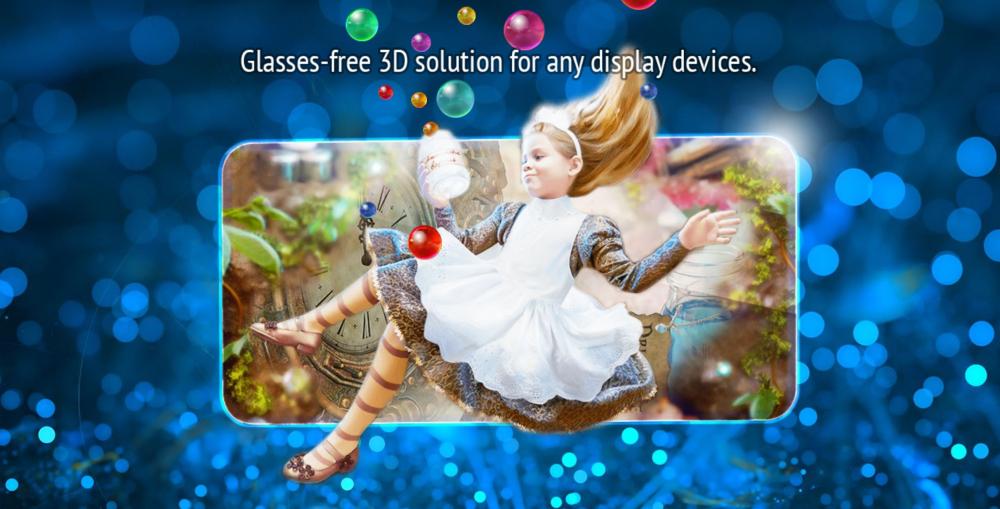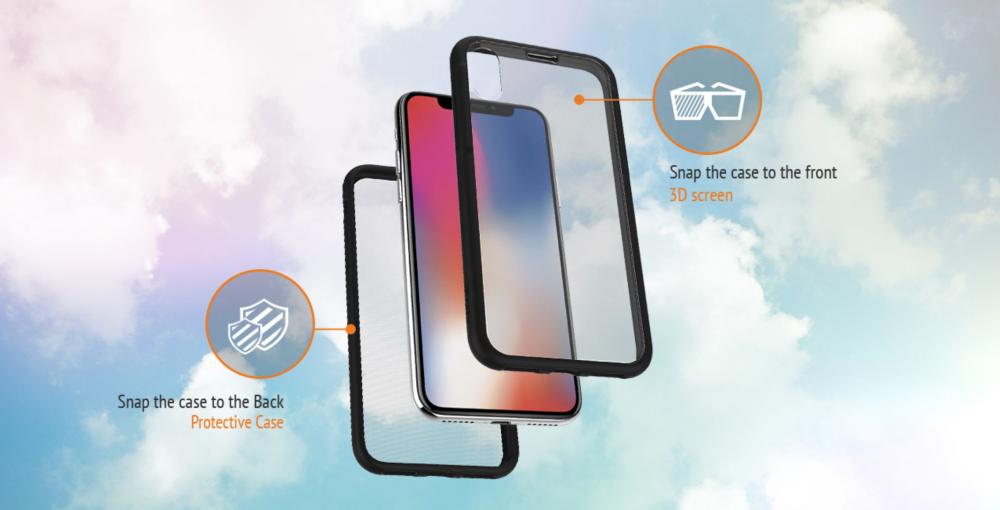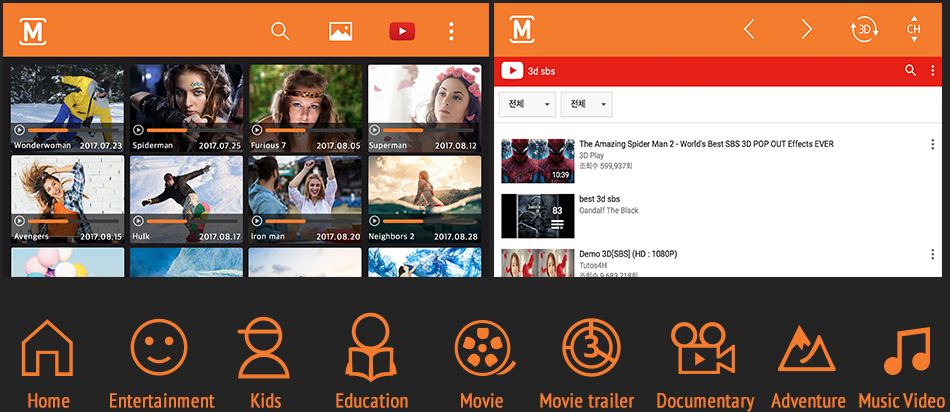Large LCD-centric LCD panels are gradually adopting LED backlights. In order to further popularize the use of LED backlights, manufacturers of televisions and panels have begun to seek to reduce the cost of LED backlights and the stable supply of chips. This article describes the predictions made by experts based on the latest data for future needs.
With the increasing awareness of consumers' environmental protection, LED applications for various uses such as LCD TVs and lighting are gradually increasing. It is expected that the fastest growing market in 2010 will be LED backlights for LCD TVs, LCD monitors and notebook computers (Note 1).
For TV manufacturers, there are many benefits to replacing a backlight source from a conventional cold cathode tube (CCFL) to an LED, such as a thinner display, improved display performance, and reduced power consumption. And because LEDs do not have mercury-containing problems like CCFLs, they can also be used as a selling point.
In 2009, South Korea's Samsung Electronics used LED backlights on LCD TVs that were 40 inches or more before other manufacturers. Because it is a thinner selling point than the previous products, it has been widely accepted by consumers and has achieved success in the market. In the second half of 2009, other TV manufacturers followed suit, using LED backlights on television, so that the proportion of LED backlight LCD TVs in all TVs increased.
This article will explain how the adoption of LED backlights, which began to accelerate with LCD TVs, will progress in 2009 and what impact it will have on the parts supply chain.
Large size LCD driver LED market
The first is the impact of LED backlight LCD TVs on the LED chip market. According to DisplaySearch, the LED chip market will have an annual growth rate of 32% from 2009 to 2012. In the large-scale LCD panel field that may become the driving force of the LED market, the annual growth rate of LED chips for LCD TVs is 120%, and the annual growth rate of LCD displays is 135% (Figure 1). The annual growth rate of notebooks that used LED backlights as early as 2007 was about 31%. The lighting market is expected to grow with the LED backlight market, but it is still just taking off, with an estimated annual growth rate of approximately 33%.
Next, we will introduce the shipments of LCD backlight panels on large-size LCD panels such as TVs, monitors and notebooks, and the proportion of products used (Figure 2). LED backlights for LCD TVs are expected to have a total shipment of 42.2 million units in 2010, while total LCD TV panel shipments are estimated at 195 million units, so LED backlights have a 22% share. . In 2016, LCD TV panels with LED backlights are expected to account for 85%.
Figure 2 In 2016, 85% of LCD TVs will be equipped with LEDs. The figures are based on different light sources for LCD TVs, LCD monitors and LCD panels for notebook computers. It is estimated that 85% of LCD TVs will use LEDs in 2016.
TV sales target is difficult to achieve
In 2010, the total LCD TV backlights planned by various TV manufacturers were targeted at 50 million units. It can be said that this number is much higher than our estimate. As discussed in more detail below, LCD panel manufacturers believe that there is no problem in parts supply due to the production of LED chips in cooperation with partner companies. However, it is still necessary for the panel manufacturer's LED chip to meet the specifications required by the TV for a certain period of time. To this end, it has to be said that it is difficult for TV manufacturers to complete these sales plans because it is difficult to ensure the number of LED chips required.
The LCD panel for displays is the same as the LCD TV panel. Since the second half of 2009, LED backlights have been fully adopted. However, the LCD display market is very price sensitive. Considering the price difference between LED and CCFL backlights, many opinions believe that the popularity of the display market will be later than the LCD TV market.
However, now that panel makers have started to make their own LED chips, the situation is changing. LED chips that are not available on many LCD TVs are likely to end up being used on LCD displays. Therefore, we predict that the LED backlights will have a 19% ratio on LCD monitors in 2010.

Iphone X Snap3D Case is a protective iPhone X case,but also a 3D Viewer For Iphone X, It is a bare-eye VR viewer in phone case shape. When the users cover it on smartphone screen, he can enjoy 3D videos and games without wearing 3D glasses or VR headset. MOPIC Mplayer3D Application should be used together with the Snap3D, to search for 3D videos, 3D images, 3D games from Youtube, or search within the resources which are connected to Maplayer3D. It's light weight, easy to carry as well.
HOW TO USE THE SNAP3D Case AS A 3D SCREEN
The attached 3D screen on the Snap3D acts like 3D glasses.
To turn your smartphone into a 3D device, you need to first download the [Mplayer3D" application.
Then install the Snap3D on your smartphone screen and run Mplayer3D.
Enjoy the stunning stereoscopic 3D!








Iphone X Snap3D,Snap3D For Iphone X,Iphone X Snap3D Case,Iphone X Snap 3D Viewer
iSID Korea Co., Ltd , http://www.isidsnap3d.com